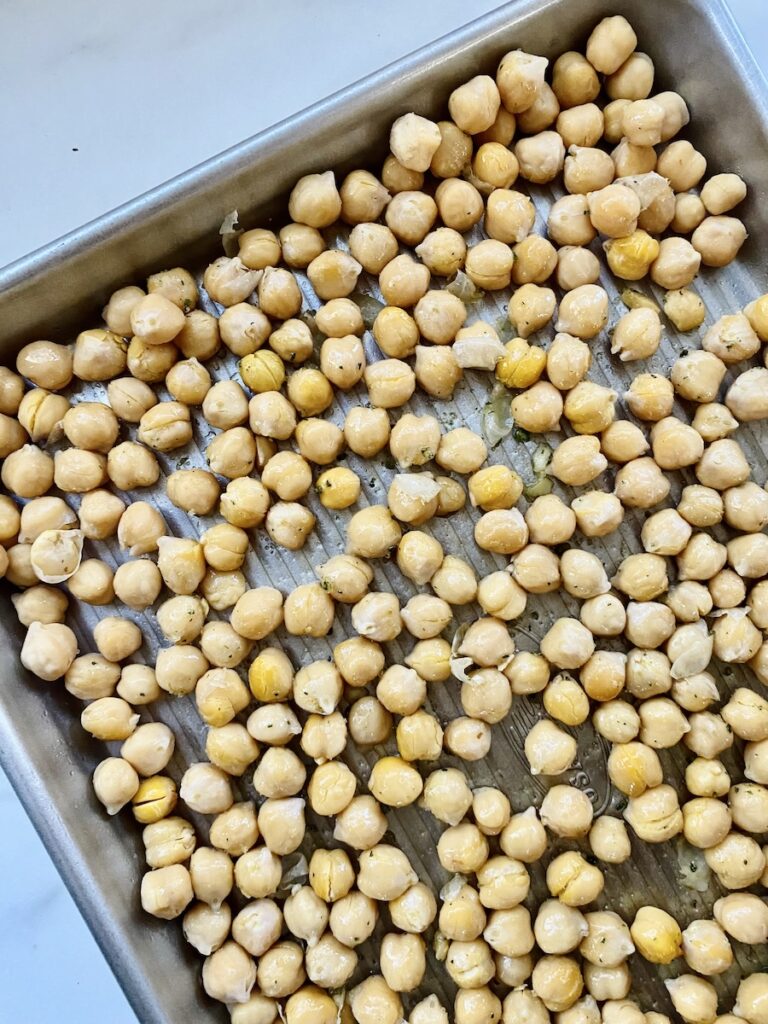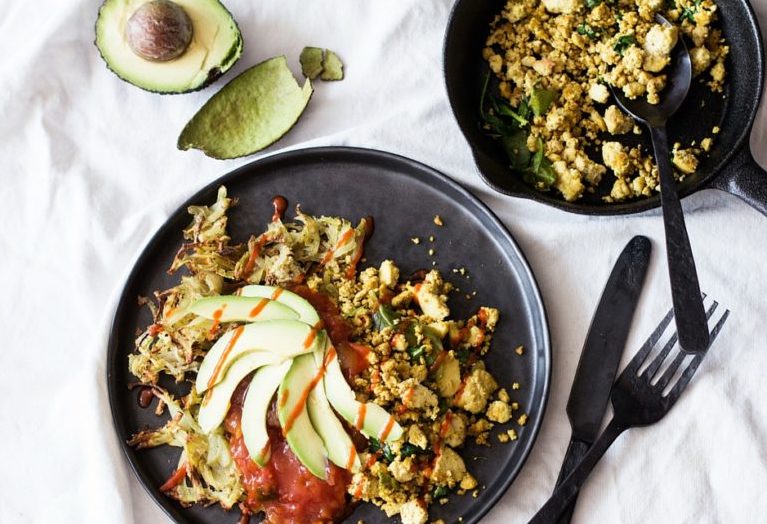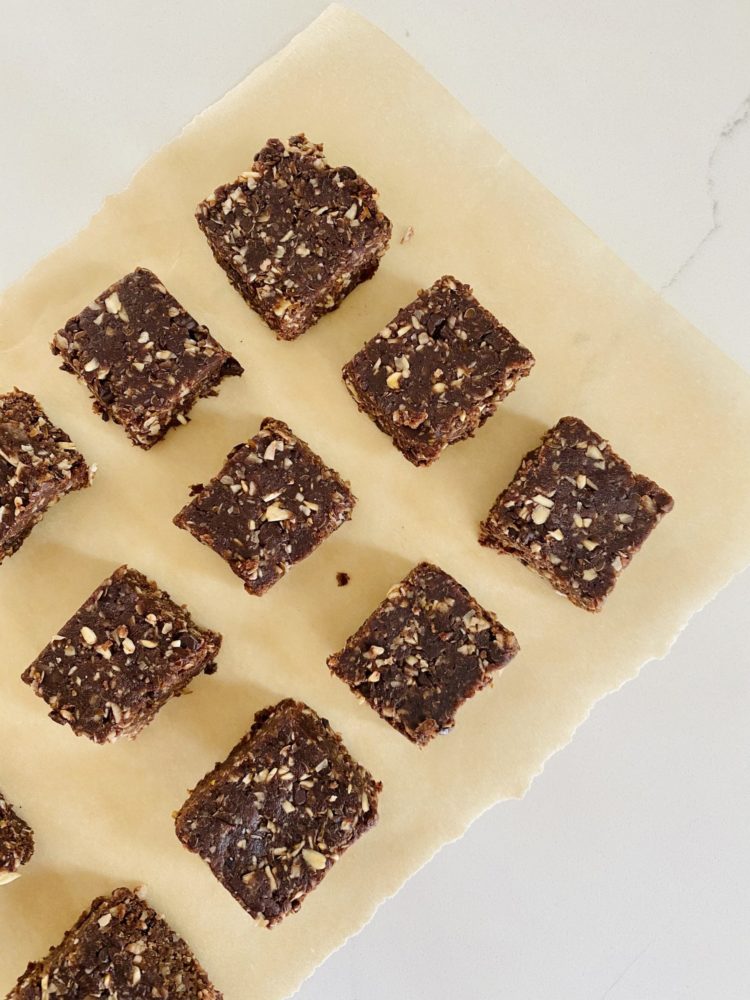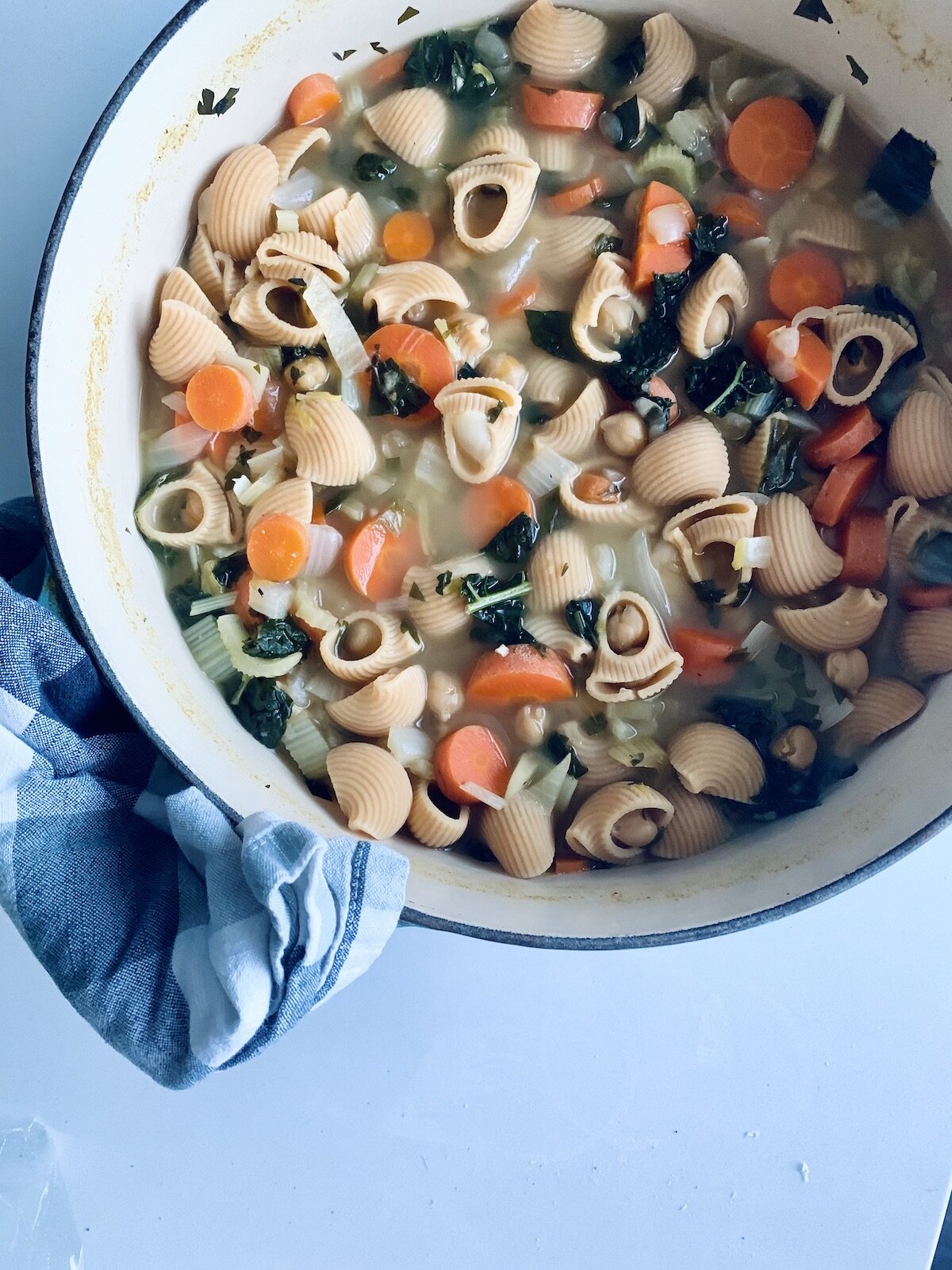Wondering how to meet your protein needs on a plant-based diet? Let’s talk about it! Getting enough is incredibly important for women, especially at certain times of life like pregnancy and post-menopause. Rest assured that with a little thoughtful planning, you can easily hit your protein goals—supporting muscle, metabolism, mood, and overall wellness. I’ll show you how to get enough protein from plants.

Why Plant Protein Is Powerful
A Tufts-led study tracked nearly 49,000 women over 30 years and found that those who swapped animal protein for plant protein in midlife were 46% more likely to age healthily—with lower rates of chronic disease and better mental and physical health. Even a modest 3% increase in energy from plant protein can make a notable impact .
But this isn’t just about protein – it’s about the whole package. Plant-based proteins come packaged with many other amazing nutrients like fiber, phytonutrients, and polyphenols that amplify their health benefits. Learn even more about protein here.
Top Plant-Based Protein Sources
Include these nutritious, protein-rich staples in your plant-based meals:
- Legumes (lentils, beans, chickpeas): ~15–18 g protein per cooked cup
- Soy foods (tofu, tempeh, edamame): ~15–20 g per cup
- Whole grains (quinoa, farro, oats): ~6–8 g per cup
- Seeds & nuts (hemp/chia, almonds, pumpkin seeds): ~5–17 g per serving
- Seitan & pea blends: ~20 g per serving
Tip: You don’t need to combine foods to get “complete” proteins! That myth has been debunked. As long as you’re eating a variety of plant-based foods throughout the day, your body will get what it needs.
Sample High-Protein Plant-Based Meals
Here’s how you can get ~20 g of protein in a single plant-based meal or ~60g in a day:
- Tofu scramble breakfast burrito with spinach, beans & whole wheat wrap (~20g)
- Quinoa, roasted veggie, chickpea tahini bowl (~20g)
- Lentil meatballs on pasta with veggie sauce (~20g)
- Edamame & avocado toast with seeds (~20g)
| Meal | Protein Source | Protein (approx.) |
|---|---|---|
| Breakfast | Overnight oats with chia seeds, soy milk, and almond butter | 12g |
| Snack | Apple with 2 tablespoons peanut butter | 8g |
| Lunch | Quinoa salad with chickpeas, kale, and tahini dressing | 18g |
| Snack | Roasted edamame or trail mix with seeds | 8g |
| Dinner | Stir-fry with tofu, broccoli, and brown rice | 14g |
| Total | 60g |
Practical Strategies for Protein Success
- Eat enough calories! This is the #1 reason why I see women falling short of their protein needs
- Include protein-rich foods at every meal
- Snack on protein-rich foods like hummus, edamame, and nuts and seeds
- Use soy milk instead of almond or oat milk (Concerned about soy? Read this!)
- Add “protein boosters” to meals or smoothies – hemp seeds, pumpkin seeds, silken tofu
Special Considerations for Women
- Bone & muscle health: As women age, protein helps counteract muscle and bone loss.
- Hormone & metabolic support: Plant proteins are linked to lower LDL and better insulin health.
- Fertility-friendly: Diets rich in plant protein are tied to healthier ovulation and lower infertility risk.
- Seasons of higher needs: during pregnancy and later in life, you can consider incorporating high-quality powders (I like hemp, pea, and brown rice) to help meet needs.
Addressing Common Concerns
- “Are plant proteins incomplete?” No—they provide all essential amino acids when your diet is varied. There’s no need to perfectly complement at each meal.
- “Is protein powder necessary?” Nope! Whole foods like beans, grains, nuts, and soy can get you there. Powders can be helpful but not essential.
With a little planning, a plant-based diet can meet your protein needs. It can also support healthy aging, balanced hormones, and better long-term wellness.
Ready to simplify plant-based eating and feel confident you’re getting what you need?
My Plant-Based Starter Guide is the perfect next step. It’s packed with nutrition tips, meal ideas, and practical tools to help you build balanced, satisfying meals with ease.


